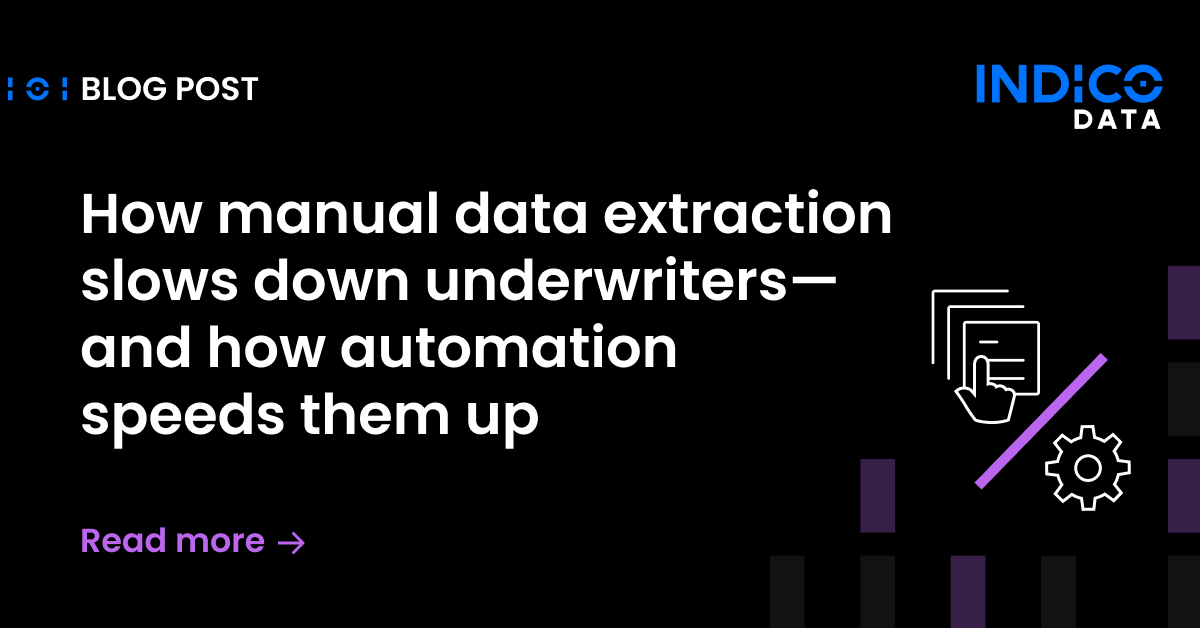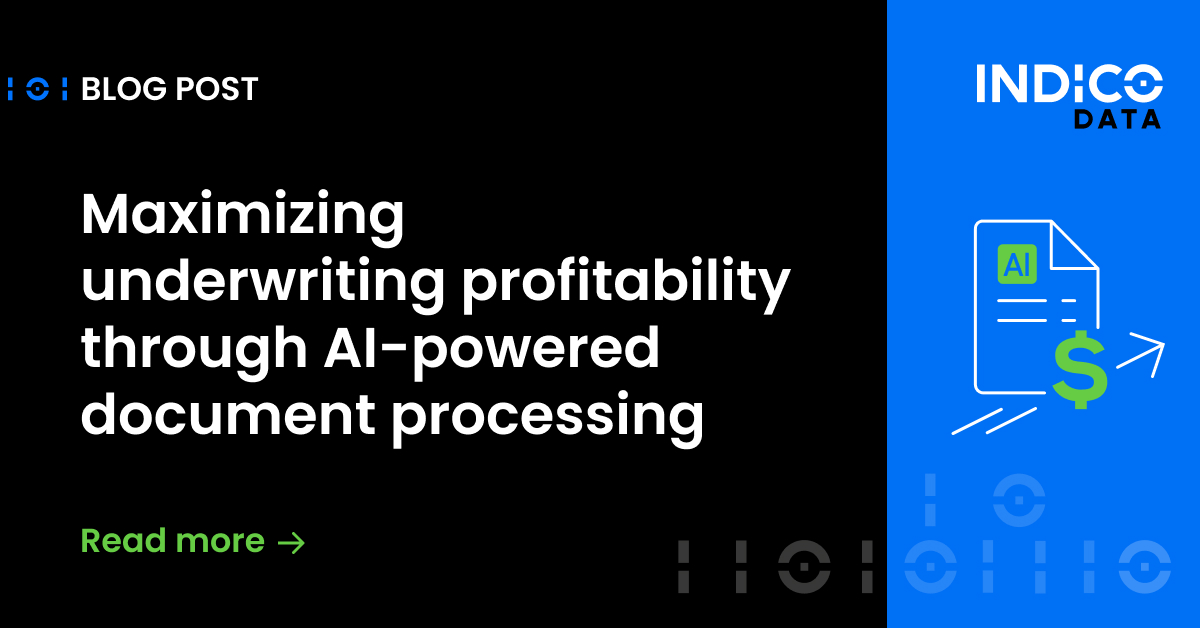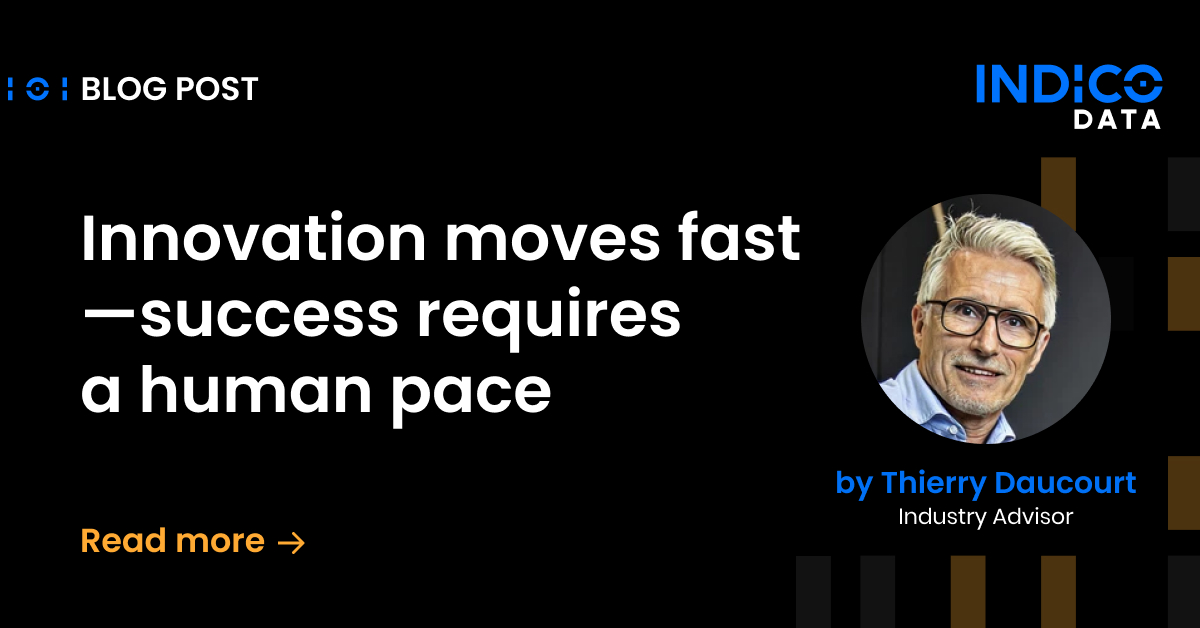In a recent post, we laid out the reasons why companies that are interested in intelligent document processing technology should create an automation center of excellence to further their efforts. In this post, we’ll get into some of the issues to keep in mind when building a COE.
Of course, there’s no one-size-fits all solution to how best to build a COE; many issues will vary depending on a company’s size and the maturity of its automation program. Nonetheless, we’ve dealt with enough customers to be able to identify the sorts of people and expertise required to make for an effective automation COE. We’re defining “effective” as a COE that helps a company evolve past simple solutions based on robotic process automation (RPA) tools to intelligent automation projects that deliver real, transformative change to the organization.
Who should populate the COE
The first issue to address is who should be on the automation COE. Initial candidates will be whoever is already leading your automation efforts, even if not on a formal basis. That may be the leader of your automation program, for example, who is suffering from RPA fatigue and is looking for more intelligent solutions that can handle unstructured document use cases.
Otherwise, likely candidates include those who will be responsible for delivering automation tools to the organization. They may include IT project managers, solution designers, developers and quality assurance (QA) testing personnel.
Next, you’ll want representation from an operations perspective, meaning those business people who actually understand the processes you want to automate and whoever will manage the solution once it’s delivered. That management piece has two distinct components: supporting the infrastructure on which the intelligent automation solution runs and dealing with the solution vendor regarding any technical issues.
You’ll also need input from your legal and human resources departments. While they probably won’t play an active role, you’ll likely want their advice from time to time on various issues. Examples include how best to deal with the employee hours freed up by the productivity improvements automation brings and how intelligent automation can help the company meet its regulatory compliance obligations.
It’s not necessary to have all of those participants out of the gate. It’s fine to start with a small COE team of four to five key players, especially at smaller companies, and build out as your automation efforts expand.
Start centralized, evolve to federated
You also have options in terms of how to model an automation center of excellence, including centralized and federated.
For most companies, it makes sense to start with a centralized model. With a centralized model, you can build up automation expertise, and establish some standards, policies and procedures to follow. A centralized COE can ensure all efforts are aimed at fulfilling the company’s over-arching automation objectives and help prevent different groups from shooting off in multiple directions, following their own course.
Over time, the goal should be to move to a federated model where automation responsibilities are distributed to individual groups or business units. A federated COE helps expand automation capabilities, providing scalability to help the company reach its automation and digital transformation goals more quickly.
Secure automation COE funding
Finally, like any corporate initiative, your automation COE needs a source of funding, both for the COE itself and projects it undertakes. Ideally, the projects and the COE will be self-funded out of the savings they help deliver, often through a charge-back model where business units pay the COE for automation services it provides.
With nearly every industry racing to adopt automation initiatives, keep in mind there’s also an opportunity cost of neglecting to fund automation efforts. That was a point raised by a customer with more than 20 years of experience who participated in our webinar on the importance of automation COEs, along with a process expert from Cognizant.
Keep an eye on this space because we intend to cover additional aspects of automation COEs in coming weeks, including the main functions and responsibilities of a COE and the keys to success for COEs when working with lines of business.
Until then, learn more about how the Indico Unstructured Data Platform can help you automate all sorts of document-intensive processes, including those involving unstructured data, by checking out our interactive demo.


